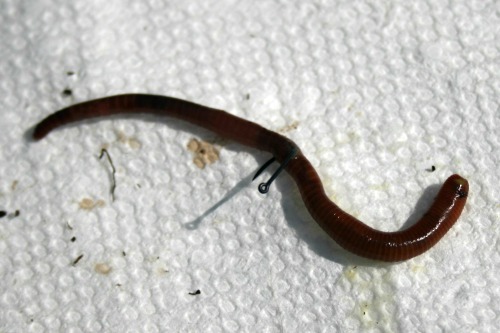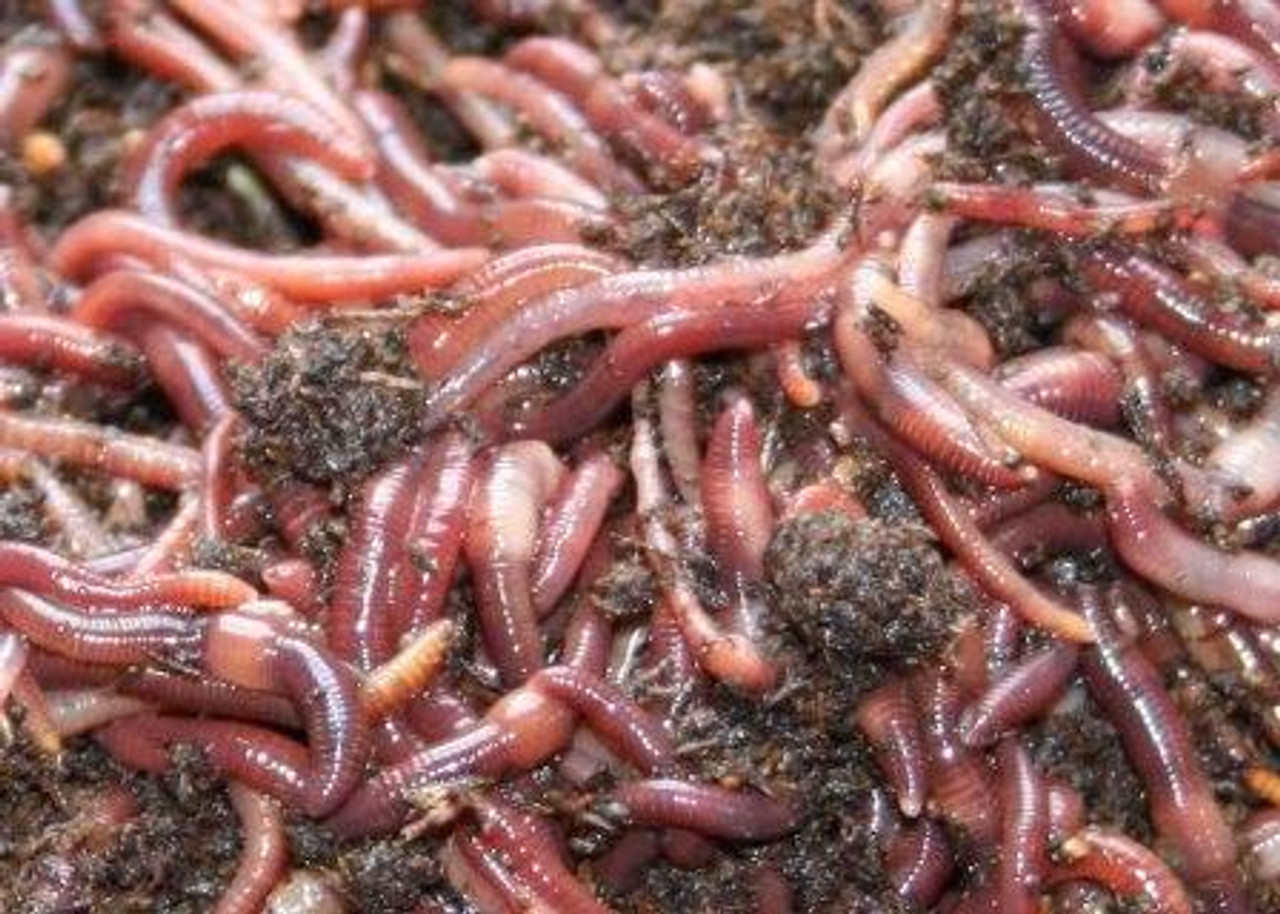Keep Your Lawn Green and Healthy with Expert Guidance from Lake Hickory Bait
Keep Your Lawn Green and Healthy with Expert Guidance from Lake Hickory Bait
Blog Article
Red Wigglers: The Unsung Heroes of Organic Waste Recycling
Red wigglers, or Eisenia fetida, offer as vital agents in the natural waste reusing process, transforming disposed of materials right into beneficial vermicompost. As the globe significantly looks for services to combat waste buildup and improve agricultural performance, recognizing the role of these worms ends up being necessary.
What Are Red Wigglers?
The impressive durability of red wigglers, scientifically referred to as Eisenia fetida, underscores their crucial role in natural waste recycling. These little, reddish-brown earthworms are generally found in decomposing raw material, such as compost heap and manure stacks. Lake Hickory Bait. Unlike various other earthworm types, red wigglers thrive in nutrient-rich environments and are highly effective at breaking down organic materials, making them crucial for vermicomposting

(Red Wiggler Express)Along with their function in waste reduction, red wigglers add to dirt health by enhancing dirt framework and aeration with their burrowing tasks (Lake Hickory Bait). Their presence in composting systems not just enhances decay prices yet also advertises a sustainable technique to throw away monitoring, illustrating their importance in environmental preservation initiatives
Advantages of Composting With Worms
Composting with worms, specifically red wigglers, supplies various advantages that improve both waste administration and soil health and wellness. These worms effectively break down organic waste, converting it right into nutrient-rich vermicompost that improves dirt. This procedure increases disintegration, enabling for a much faster recycling of cooking area scraps and various other natural materials contrasted to standard composting methods.
Furthermore, the vermicompost generated by red wigglers is bristling with beneficial microorganisms, which assist enhance soil framework, aeration, and moisture retention. This improves the overall wellness of plants, advertising energetic development and increased returns in gardens and agricultural setups. Furthermore, making use of worms in composting minimizes the production of greenhouse gases, such as methane, adding to a more sustainable waste administration system.

Exactly How to Begin Vermicomposting
Establishing a vermicomposting system is a straightforward process that can yield considerable advantages for both waste management and soil enrichment. To start, pick an ideal container, such as a plastic bin or wood box, with appropriate ventilation holes to make sure correct air flow. The dimensions must ideally be around 2 feet by 3 feet, enabling enough room for the worms to flourish.
Next, prepare bed linens material, which can consist of shredded paper, cardboard, or coconut coir. This bed linen should be moistened to develop an appropriate habitat for the worms. As soon as the bed linens remains in location, introduce red wigglers (Eisenia fetida) into the bin, typically around one extra pound of worms for every single square foot of surface.
Complying with the placement of worms, include natural waste, such as fruit and veggie scraps, coffee grounds, and crushed eggshells. Stay clear of including milk, meat, or oils, as these can create odors and draw in parasites. Position the container in a shaded, temperature-controlled location to keep ideal problems for worm activity. With these actions, you will efficiently start a vermicomposting system that adds to sustainable waste administration and enriches your dirt.
Maintaining a Healthy And Balanced Worm Bin
(Red Wiggler Express)Maintaining a worm bin flourishing needs regular attention and care to make sure the health and wellness of the red wigglers and the effectiveness of the composting process. Correct upkeep starts with keeping an eye on the dampness levels; the container must be damp yet not soaked. A great general rule is to maintain a consistency comparable to a wrung-out sponge.
Aeration is critical. Carefully blending the bed linen and food scraps every couple of weeks protects against compaction and guarantees that all worms have access to oxygen. Furthermore, it is important to feed the worms properly. A well balanced diet regimen of vegetables and fruit scraps, coffee premises, and smashed eggshells must be used in moderation to stay clear of overfeeding, which can result in odors and pests.
Temperature guideline is an additional vital aspect. Red wigglers grow in a range of 55 to 77 degrees Fahrenheit. If the container becomes too hot or cold, the worms might end up being worried - Lake Hickory Bait. Last but not least, periodically check for indications of health and wellness, such as worm population growth and the presence of healthy and balanced spreadings. By vigilantly handling these variables, one can maintain a robust and efficient worm bin.
Effect On Sustainable Living
The successful maintenance of a worm container not just profits the wellness of red wigglers but likewise adds dramatically to sustainable living techniques. By reusing organic waste, such as kitchen area scraps and lawn particles, red wigglers help draw away substantial amounts of product from landfills. This decrease in waste not just lowers greenhouse gas discharges yet additionally reduces the ecological problem connected with waste administration.
In addition, the castings created by red wigglers function as a nutrient-rich natural plant food, boosting soil health and promoting plant growth. This natural alternative to chemical fertilizers supports sustainable farming and gardening techniques, reducing reliance on synthetic inputs that can hurt ecosystems. In addition, worm composting fosters understanding of waste administration, urging people and neighborhoods to adopt more lasting routines.

Verdict
In recap, red wigglers serve as vital contributors to organic waste recycling via their effective disintegration of organic materials. By incorporating vermicomposting right into waste administration strategies, individuals and communities can significantly minimize waste while advertising environmental sustainability.
Report this page